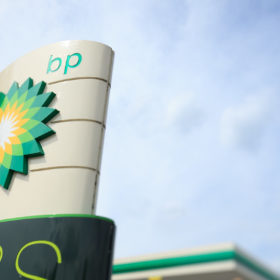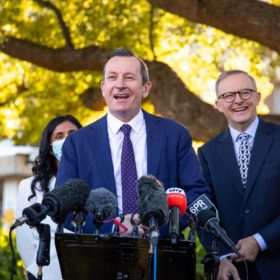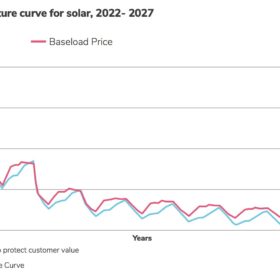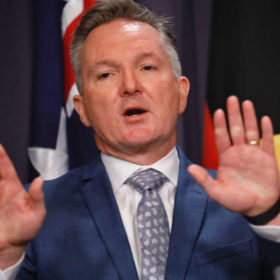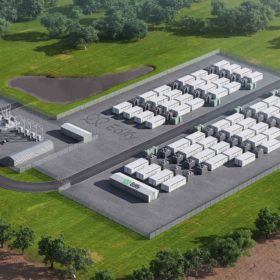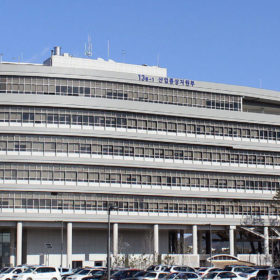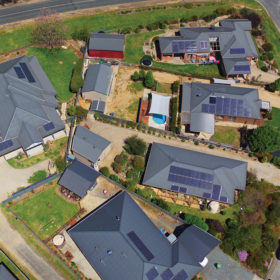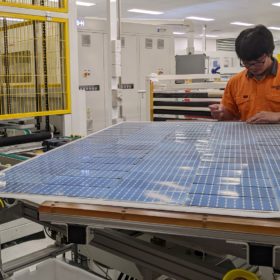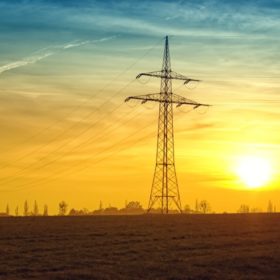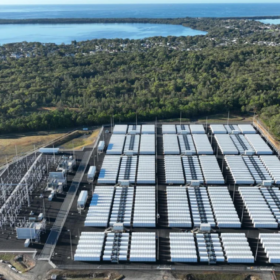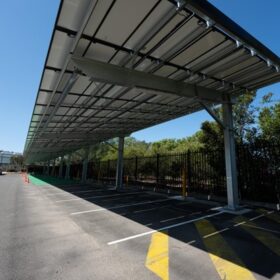Oil supermajor takes majority stake in WA hydrogen megaproject
Oil and gas giant BP will take a 40.5% stake in the 26 GW Asian Renewable Energy Hub megaproject proposed for Western Australia’s north coast.
Western Australia to exit coal by 2029 in response to competition from solar
Western Australia is set to exit coal-fired power by the end of the decade as state-owned power provider Synergy will close its two remaining coal plants by 2029 in response. Western Australia Premier Mark McGowan said coal was no longer viable due to the high-penetration of solar, particularly rooftop. McGowan also announced a $662 million boost for the coal-town of Collie’s industrial transition and $3.8 billion in statewide renewable investment, with a focus on energy storage.
A simmering cauldron of renewables ‘revenue cannibalisation’
There is enormous demand for renewables to enter the grid, and for power purchase agreements to make use of them. However, as more renewables feed into the grid at intermittent periods, the risk of “revenue cannibalisation” increases. Swiss consultancy Pexapark’s latest report looks at the “cannibalisation effect” and how the solar PPA market can adapt.
‘Much too naive’: extent of market cornering in energy crisis underplayed, analyst says
As Australia’s energy crisis deepens with Queensland and NSW again cautioned over potential blackouts in the coming hours, director of the Victoria Energy Policy Centre, Bruce Mountain, told pv magazine Australia commentators have underplayed the extent to which energy generators have exacerbated the emergency. Government intervening to take charge of the energy market is, for him, the most likely outcome as generators withholding capacity increasingly threatens to cause massive losses in state economies.
Edify secures financing for series of grid forming batteries in NSW
Edify Energy has completed the financing for its grid forming 150 MW / 300 MWh battery energy storage system. The system will be made up of three separate batteries in the Riverina region of NSW which have gained approval to operate in ‘virtual synchronous generator’ mode.
South Korea kicks off 2 GW PV tender
Selected projects will be awarded a fixed rate under a 20-year contract under the country’s renewable energy certificate (REC) scheme and will sell electricity to local power distributors.
General Electric to triple solar, battery production capacity in India
The US multinational will expand the solar and battery energy storage manufacturing capacity at its factory in Tamil Nadu to 9 GW per annum by the end of 2022. The factory manufactures the FlexInverter power conversion solution and the FlexReservoir utility-scale energy storage systems.
Regulator reveals rooftop solar installation rate on the slide
Australia’s uptake of rooftop solar is one of the highest in the world with more than 30% of free-standing households across the nation now fitted with a PV system but the Clean Energy Regulator has revealed a “steep decline” in the number of installations in early 2022 with deteriorating economics playing a major part.
Tindo Solar offers working-capital solution for installers
Solar installers and resellers can now access up to $250,000 on interest-free terms to increase their stocks of Australian-made solar panels after PV module manufacturer Tindo Solar teamed with business financer Moula Pay.
NSW announces $1.2 billion investment in renewable energy
The New South Wales government has announced its single biggest investment yet in renewable energy infrastructure, committing $1.2 billion to fast-track priority transmission and energy storage projects as the energy sector continues its rapid transformation towards a decarbonised and decentralised future.
